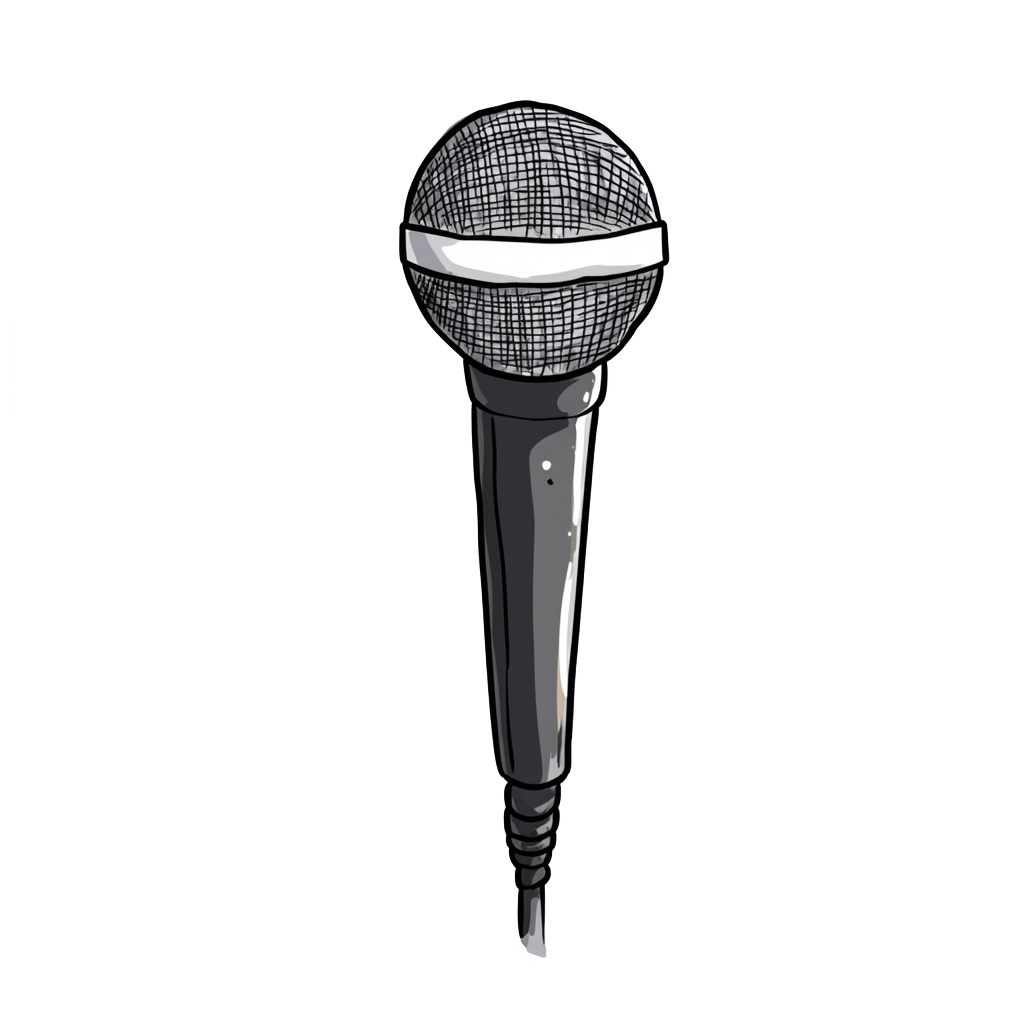Table of Contents
7 Easy Steps to Better Audio Editing
Editing audio doesn’t have to feel intimidating, even if you’re just starting out. Follow these 7 straightforward steps to quickly elevate your audio editing skills and achieve professional-sounding results.
1. Organize Your Project
Start by clearly labeling and organizing your audio clips. Proper file organization saves you valuable editing time and helps avoid confusion later on.
2. Remove Unwanted Noise
Use noise-reduction tools available in your editing software to remove background hums, hisses, or ambient noises. This provides a cleaner, more polished listening experience.
3. Trim and Fade
Trim away awkward pauses, breaths, or mistakes. Apply fades at the beginning and end of clips to smooth transitions and eliminate abrupt cuts.
4. Level Your Audio (Gain Staging)
Ensure all audio tracks have consistent volume levels. Adjust track gain to avoid clipping (distortion) and maintain balanced audio throughout your project.
5. Apply EQ Thoughtfully
Use equalization (EQ) to enhance clarity and remove unwanted frequencies:
- Cut low-end rumble below 80Hz.
- Slightly boost mid-frequencies (around 1kHz to 3kHz) to enhance speech clarity.
- Add a subtle boost in high frequencies (around 8-12kHz) to improve brightness.
6. Compress to Even Out Dynamics
Compression smooths out the audio levels, ensuring consistent loudness. Start with a gentle compression ratio (2:1 or 3:1) and adjust the threshold so the audio sounds natural, not overly squashed.
7. Final Touches with Automation
Fine-tune your project by automating volume, pan, and effects. Automation allows for precise adjustments to emphasize key moments and ensures your audio sounds professional throughout.
Conclusion
By following these 7 simple steps, you’ll quickly notice improvements in your audio editing quality. Consistent practice will not only make editing easier but also significantly enhance your final projects.
